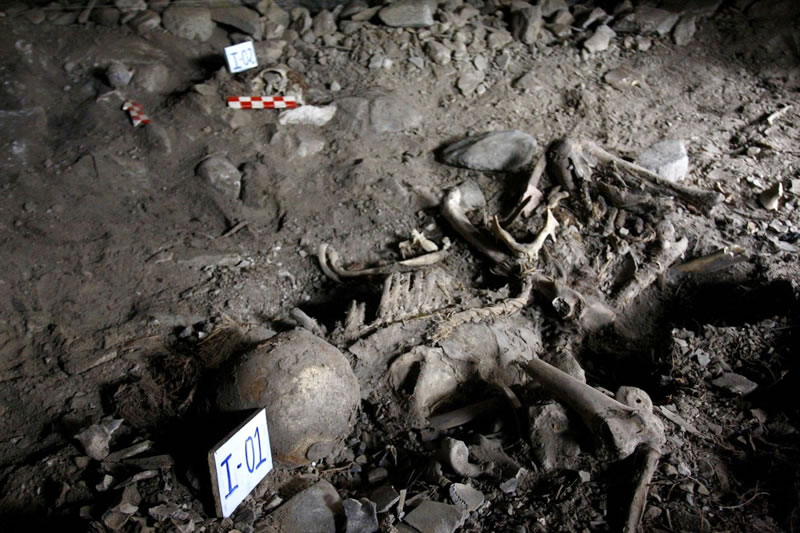The Mystery hiding the skeletons found in Machu Picchu
The city of Machu Picchu is in the midst of a landscape of mountains 2,430 meters above sea level, where the Peruvian Andes rub the Amazon rainforest. This, still keeps mysteries of his past. They are approximately 200 stone terraces, which can be found in Machu Picchu. City built by the Incas in the fifteenth century; abandoned by invading Spaniards. The structure remained hidden until July 1911 when Hiram Bingham with his expedition, gave to know it to the world.
It’s amazing and unreal, says anthropologist Brenda Bradley (professor at George Washington University). In an interview with R & D Magazine, says: “You hear to people sighing the first time they see the stone city built on the Mountain”. Recently, Brenda Bradley and archaeologists Richard Burger and Lucy Salazar (Univ. Of California), among others, received a National Science Foundation in order to make a second genetic analysis in the more than 100 skeletal remains of corpses unearthed in the ancient citadel. “This research is aimed at the better understanding of the people who inhabited the city, who lived and worked there,” Bradley says.

Skeletons recently found in the area of Sala Punku in Machu Picchu
Machu Picchu shrouded in mystery
Machu Picchu was not an ordinary city center, but it was not one of those big administrative centers that can be found in Cusco. With a characteristic size and structure; the functions for which it was built, remain a mystery to researchers.
In 1911, Bingham took numerous archaeological findings to the US, among them there were jewelry, pottery, and of course human bones. The Osteologist George Eaton conclude that most of the bones belonged to women; why Bingham concluded that the site was the “last refuge of the Virgins of the Sun“.
How many skeletons belong to women?
Further analysis carried out by Bradley, would result that would be difficult to determine the gender of skeletons without pelvic bones. This fact was determined by DNA analysis, with which it was determined that of the 135 skeletons found in Machu Picchu, 109 belonged to women and only a few belonged to men and boys.
Bradley and colleagues took ADN samples from the bones. Bradley says his participation in the study of Machu Picchu was the result of being in the right place at the right time.
Finding the truth
Today is drawn to Machu Picchu, as a historic residence for the Inca emperor. But the exhumed bones do not belongs to royal burials, but it is known that belonged to those living and working in the retreat of the emperor at the time when Machu Picchu was abandoned. But the exhumed bones do not belongs to royal burials, but it is known that belonged to those living and working in Emperor house at the time when Machu Picchu was abandoned. Most likely it would be that women were brought from all corners of the Empire, to serve the Inca, or as a sacrifice to the chief deity of the Empire, the Sun God (Inti).
The Inca Empire reached more than 3,800 km from north to south, as far as current border of Ecuador and Colombia. and 80 km south of Santiago (Chile), and it is estimated that the population was between 10 and 12 million people.
A second study of ADN was carried out on the skeletons of Machu Picchu
Today it will be held a second analysis, hoping to replicate the results of the first investigation. This study was carried out at the University of California.
In addition to providing a clearer view of the inhabitants of Machu Picchu, the results also help to understand the influence of spanish Colonialism had on the locals, this through a comparisons with postcolonial ADN.
By Ticket Machu Picchu – Last Update, 16-03-2016